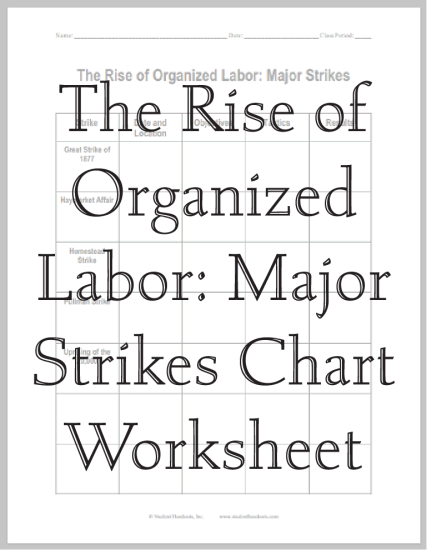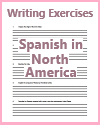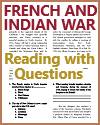The Rise of Organized Labor: Major Strikes Blank Chart Worksheet |
|---|
| www.studenthandouts.com > U.S. History > Discontent and Reform > Worksheets |
 |  |
|---|
| Students are asked to complete this blank infographic on major strikes of the early labor movement. Listed are the Great Strike of 1877, Haymarket Affair, Homestead Strike, Pullman Strike, and Uprising of the 20,000. There are spaces for two additional strikes. Click here to print (PDF).
These were significant labor strikes and events in U.S. labor history. Great Strike of 1877: This was one of the first major nationwide strikes in the United States. It began as a protest by railroad workers in response to wage cuts. The strike spread to various industries and cities, leading to widespread labor unrest. Federal troops were called in to suppress the strike, resulting in violence and casualties. Haymarket Affair (1886): A peaceful labor rally in Chicago's Haymarket Square turned violent when a bomb was thrown at the police, leading to a riot. The incident resulted in the arrest and trial of several labor leaders and anarchists, some of whom were executed. It had a significant impact on the labor movement and workers' rights. Homestead Strike (1892): This labor dispute occurred at the Carnegie Steel Company in Homestead, Pennsylvania. Workers, members of the Amalgamated Association of Iron and Steel Workers, went on strike to protest wage cuts and the company's use of strikebreakers (commonly known as scabs). The strike turned into a violent confrontation between workers and company-hired Pinkerton agents. Pullman Strike (1894): The Pullman Strike was a nationwide railroad strike that began when workers at the Pullman Company, which manufactured railroad cars, went on strike to protest wage cuts and poor working conditions. The strike disrupted rail traffic and led to a federal intervention by President Grover Cleveland. Uprising of the 20,000 (1909-1910): This was a strike by garment workers, primarily young Jewish and Italian immigrant women, in New York City's garment industry. The strike demanded better wages, working conditions, and union recognition. It was a significant moment in the history of women's labor activism. These events reflect the challenges and struggles faced by American workers during the late 19th and early 20th centuries as they sought better working conditions, fair wages, and the right to organize and collectively bargain. They also played a crucial role in the development of the labor movement and the advancement of workers' rights in the United States. |
|---|
| www.studenthandouts.com > U.S. History > Discontent and Reform > Worksheets |









